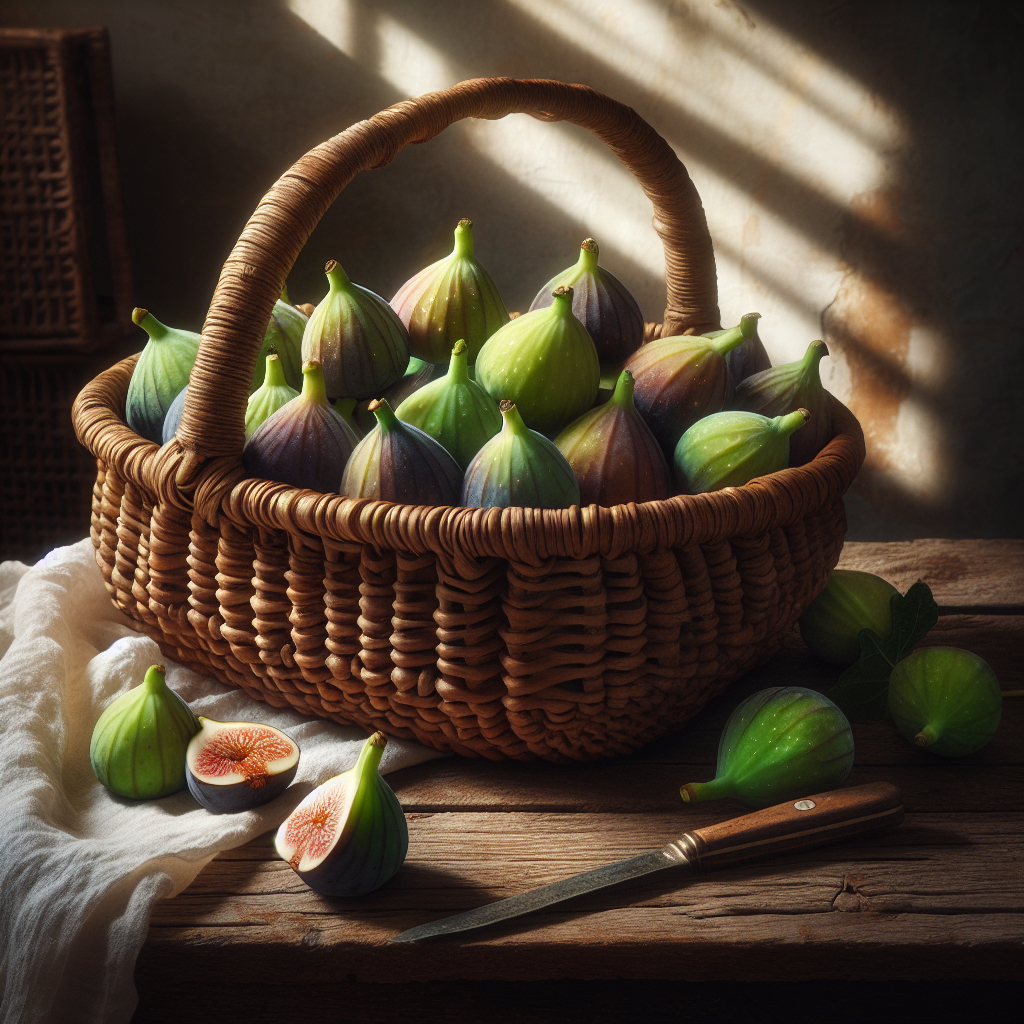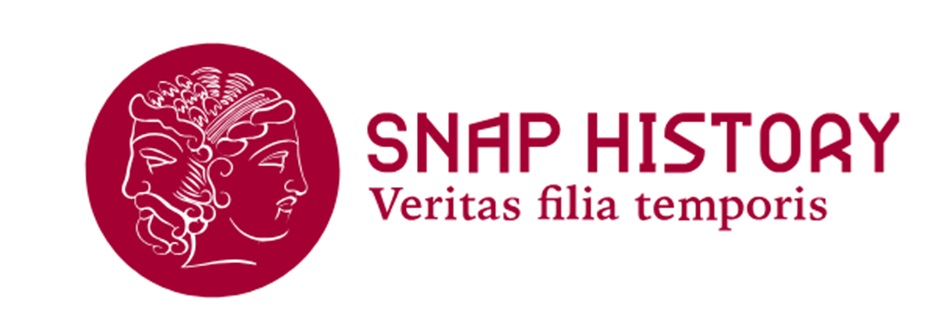For a basket of figs
A fruit that started a war?

Basket of figs - Image created with artificial intelligence
Pliny the Elder, when describing the *ficus capensis* in the section dedicated to African fruits, recounts that one day Cato the Censor appeared in the Senate with a basket of figs and distributed them to the various members.
Then, Pliny writes, "he said: 'I ask you, when do you think this fruit was picked from the tree?' After everyone agreed that it was fresh, he added: 'Well, know that it was picked in Carthage three days ago. We have the enemy so close to our walls.'" (*Natural History*, XV, 74-75).
The same episode is narrated by Plutarch, who, however, claims that Cato, to show the figs to the senators, had hidden them under his toga and staged their accidental fall to the ground.
Both historians agree that the ripeness of the figs, a tangible sign of the nearby Carthaginian threat, was decisive for the Senate's approval of the war against Carthage. However, Cato's speech was delivered in 153 BCE, upon his return from an embassy in Africa, while the Third Punic War only broke out in 149 BCE, the same year of the senator's death. This chronological gap suggests that the episode should be considered more anecdotal rather than a decisive factor in the war from a historical perspective.
On the other hand, the fig episode reveals other historically relevant aspects.
Firstly, it confirms Cato's oratory skill, almost theatrical according to Plutarch, and how this was an essential quality for great Roman politicians.
Secondly, it highlights how deeply Roman ideology was imbued with symbolism: the fig tree was considered sacred, a symbol of Rome's founding, as Romulus and Remus were suckled by the she-wolf under its branches. Therefore, ignoring the figs as a warning for Rome's protection would have, in a sense, meant betraying its origin.
Lastly, the most significant point is of economic-commercial nature: we learn that figs could reach Rome from the African coast in just three days, confirming the speed of trade routes and the efficiency of maritime and land commerce during the Republican era.
F. J Meijer, Cato's african figs, in Mnemosyne, vol. XXXVII, Fasc. 1-2, 1984.
Plinio il Vecchio, Naturalis Historia, XV, 74-75. (Note: translation of the Latin text by G. Moresi).
Plutarco, Cato Maior, XXVII, 1, in B. Scardigli (edited by), «Aristide e Catone. Vite parallele», BUR, 2011.
Giada Moresi
2025-04-13
Salvatore Ciccarello
